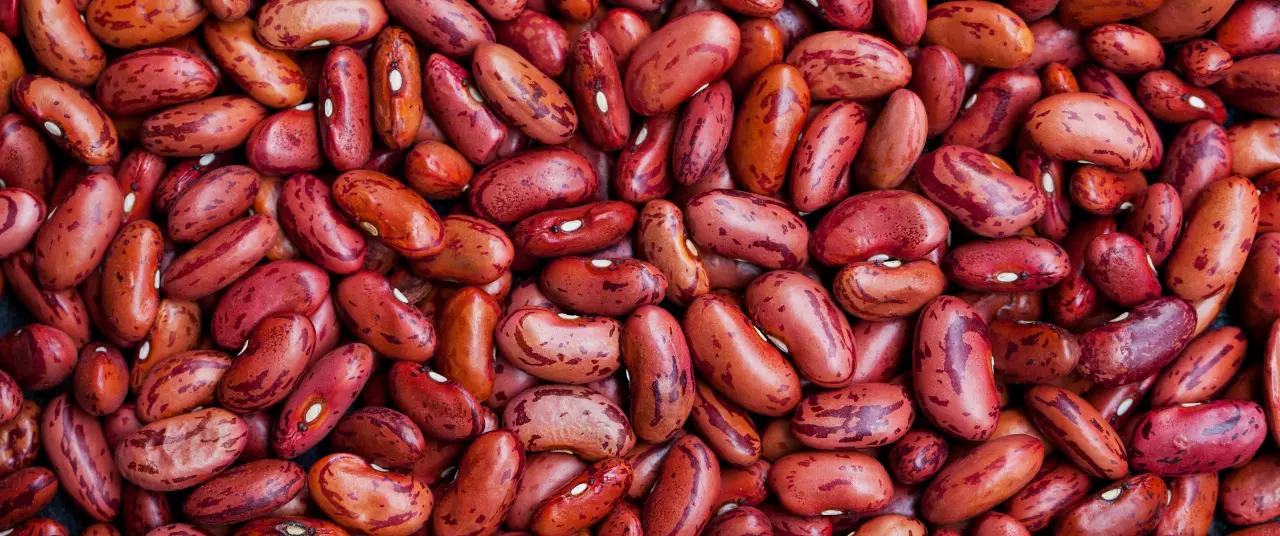Our protein needs are subjective. Culture, age, and health all shape the ‘ideal.’






Editor’s Note: From grocery lists, to fitness priorities, and even healthy snacking, protein is everywhere—but do we truly understand it? In this series, the Good Food Movement breaks down the science behind this vital macronutrient and its value to the human body. It examines how we absorb protein from the food we consume, how this complex molecule has a role to play in processes like immunity, and the price the Earth pays for our growing protein needs.
From food packets to fitness trackers, protein follows us like a silent ghost—a nutritional metric measured, counted, and calibrated down to the last decimal. We’re often told to aim for 0.8 grams per kilogram of body weight, a number that sounds precise, even severe—something we must adhere to.
But where did this figure come from? And can one number truly be the ‘correct’ requirement for everybody, in every part of the world?
The short answer? Not quite.
Where your protein comes from matters just as much as how much you consume.
The science of protein intake
To trace the origins of global protein guidelines, we must follow the trail of nitrogen.
Why nitrogen? Well, protein is the only macronutrient that contains nitrogen; and measuring nitrogen is much more cost-effective than direct protein testing, which often involves more complex techniques like analysing their amino acid profiles. The logic for nitrogen balance studies, the universal standard for measuring protein needs, is deceptively simple: eat food, and then measure the nitrogen going in (from protein), and the nitrogen coming out (in urine and sweat, among other forms). By observing nitrogen balance at different levels of protein intake, researchers can determine the amount of protein needed to achieve a state of equilibrium to support growth. If more is expelled than is consumed or absorbed, your body will resort to breaking down its own tissue and muscle mass for its protein needs.
Based on this method, global bodies like the World Health Organization and the Food and Agriculture Organization (affiliated with the United Nations) came up with this figure—0.8g of protein per kilogram of body weight per day—a threshold meant to prevent deficiency in most healthy adults.
Where your protein comes from matters just as much as how much you consume.
But nitrogen, like humans, is unpredictable. These studies were conducted in controlled settings on specific kinds of bodies—young, healthy and mostly male, with access to stable diets and temperate weather. The weather matters because people sweat much more in humid and tropical climates than in temperate weather, and sweat contains measurable amounts of nitrogen (mainly from urea and ammonia) which traditional nitrogen balance studies don’t account for.
This illustrates a limitation of studies like these which have historically been conducted on only a specific Western demographic: their estimate of nitrogen entering or exiting the body is limited by their worldview. They don’t reflect the contextual lived realities that differ across cultures and demographics, which also determine access to protein. Factors like age, health, digestion, cultural eating patterns, and physical labour also influence how our bodies process and use protein.
Also read: The science behind bodily protein: What are complete and incomplete sources?
One standard doesn’t fit all
The 0.8g recommendation is meant to be a baseline, not an ideal. It reflects the minimum amount needed to prevent a deficiency, and not necessarily what’s optimal for wellbeing, especially because this baseline does not apply uniformly.
For example, The Indian Council of Medical Research (ICMR) recommends slightly higher protein intakes in recognition that Indian diets—largely plant-based and cereal-heavy—may offer less protein. Plant proteins often lack one or more essential amino acids, meaning the body needs a bit more total protein to meet its needs. For example, rice and wheat are relatively low in lysine (an amino acid essential for muscle repair) so a cereal-heavy diet will require more complete proteins like dairy to compensate.
Based on this, the Council suggests 0.8 to 1g per kg of body weight per day as the baseline recommended daily intake for all adults regardless of gender. They recommend a ‘balanced pattern’ of cereal : legume : milk in a ratio of 3:1:2.5 to ensure a comprehensive amino acid profile, following which 0.8 g per kg per day is sufficient. If one is not maintaining that proportion in their diet, 1 g per kg per day is recommended.
There’s a quiet danger in reducing food to a number: we end up valuing a gram of protein over the quality of the meal it came from.
Other needs vary more dramatically. Older adults often require more to maintain muscle mass. Pregnant and lactating women usually need more for bodily repair and growth. Those with chronic illness or inflammation also have greater needs since their body uses and breaks down protein faster.
Children also require more protein for proper growth. For instance, children between 1–3 years need about 1.2 g per kg per day, while those in the 7–12 year range require 1.0–1.1 g per kg per day—both higher than the amount recommended for adults. These elevated requirements reflect the demands of rapid growth and tissue development.
Interestingly, in its 2020 Recommended Dietary Allowance guidelines, the ICMR states that protein requirements remain constant across physical activity levels, even though the energy requirement rises with activity. This runs counter to the conventional understanding that active individuals or athletes require more protein, a view widely reflected in literature internationally. The Council even cautions that athletes’ needs are not as high as commonly believed.
Also read: Is your body low on protein? Signs and impacts of a deficiency
Context of consumption
That ‘protein-packed’ snack may help you hit your daily target, but it comes with a side of mystery ingredients your body didn’t RSVP to. Because no protein source arrives alone—it comes wrapped in fat, fibre, salt, sugar, micronutrients, or additives.
Consider this:
- A 100g cup of rajma offers 25g protein and a good dose of iron and fibre.
- A protein bar may offer 15g, but will typically also be laced with added sugar, palm oil, and artificial flavouring.
- Paneer delivers protein and calcium, but also saturated fat.
- A chicken sausage might be high in protein, but is also higher in sodium.
Often, what we call ‘high protein’ is just highly processed.
This matters because protein doesn’t act in isolation. The context of consumption—what else it is eaten with, how it is digested, and how it interacts with gut bacteria—shapes how beneficial it truly is.
Plant proteins like dals or millets may come with fewer grams per serving, but they deliver fibre, slow-digesting carbs, and gut-friendly compounds. When paired smartly—like dal with rice, or idli with sambar—they offer complete amino acid profiles without the baggage of cholesterol or preservatives. Well-prepared animal proteins, too, like grilled fish or boiled eggs, can pack in high-quality protein along with key nutrients such as vitamin B12, zinc, and omega-3s.
It is often the cooking method or processing that adds the unwanted elements like excess salt, preservatives, or unhealthy fats to our food.
Shifting the frame
There’s a quiet danger in reducing food to a number: we end up valuing a gram of protein over the quality of the meal it came from.
Rather than asking “Am I getting enough protein?”, we may do better to ask, “Is my protein source nourishing me in more ways than one?”
The science of ideal protein needs will continue to evolve. New methods already promise more precise insights than nitrogen balance tracking ever could. But even the best scientific method or a singular number can’t stage a coup with holistic food wisdom that considers the whole plate, and eating habits that vary across time, location, space and access.
Also read: Whey to go: A complete guide to protein
{{quiz}}
References






.avif)




